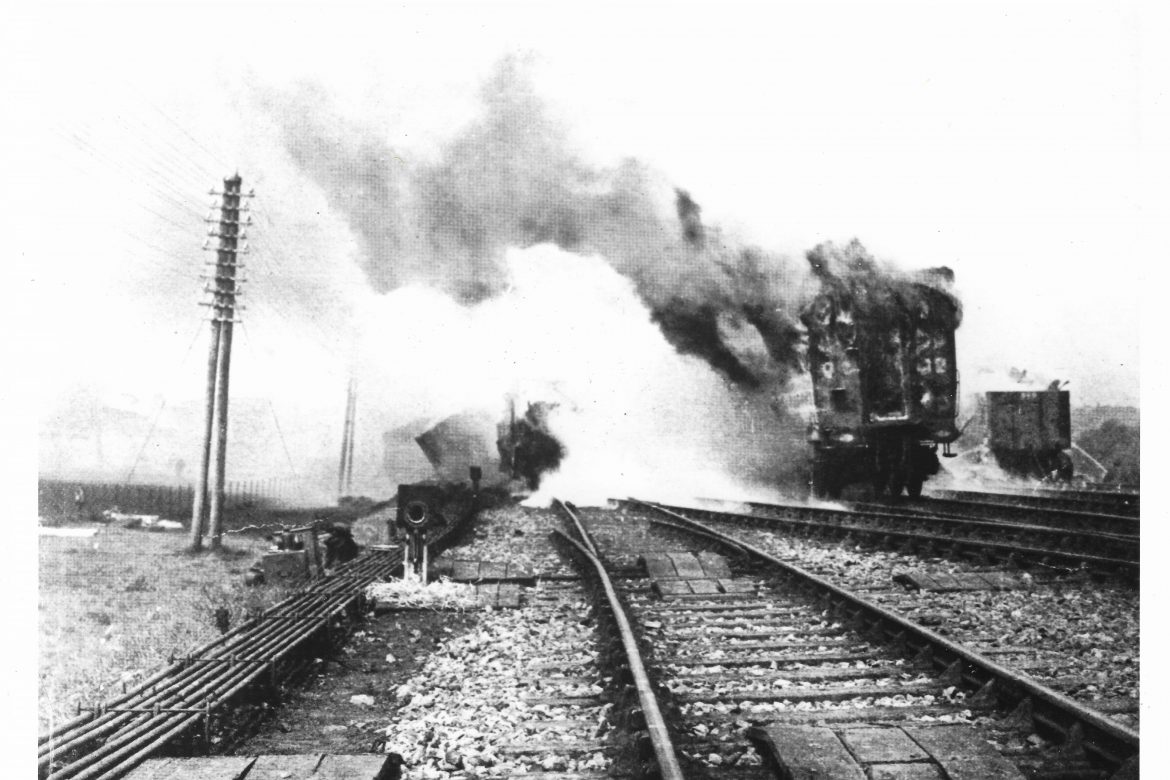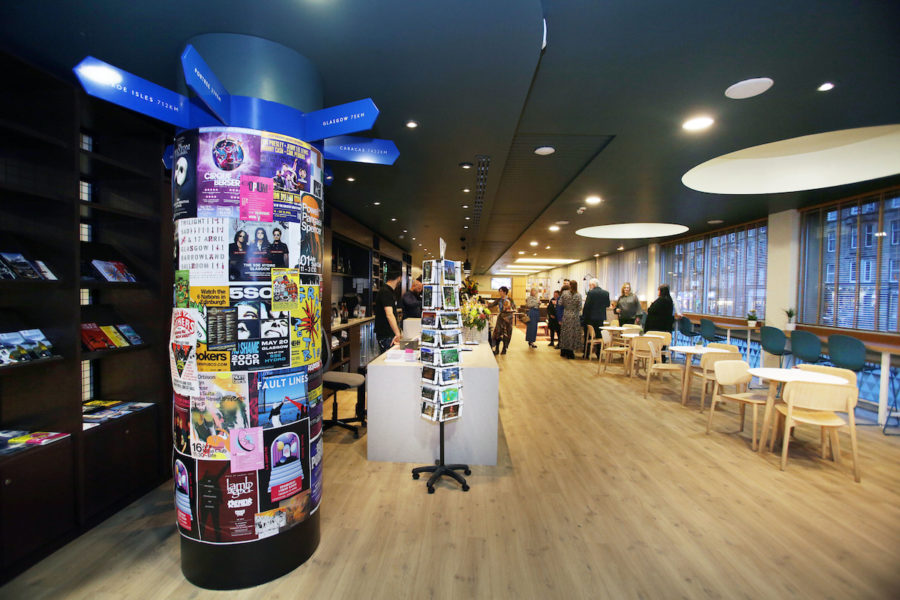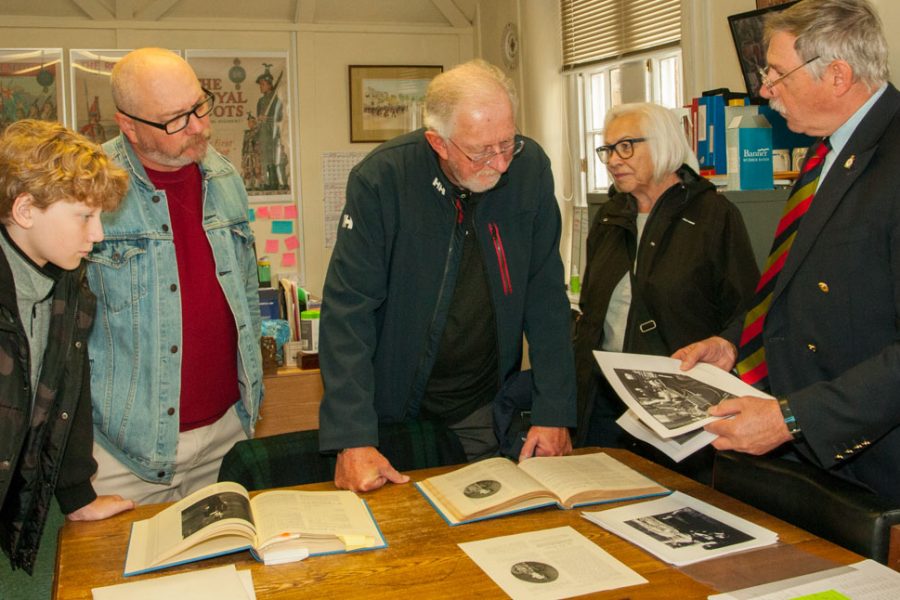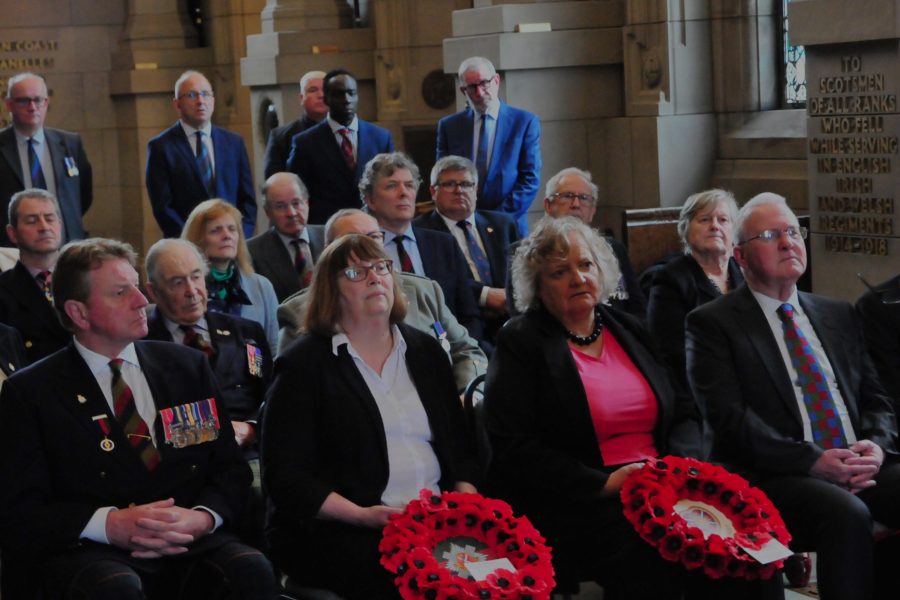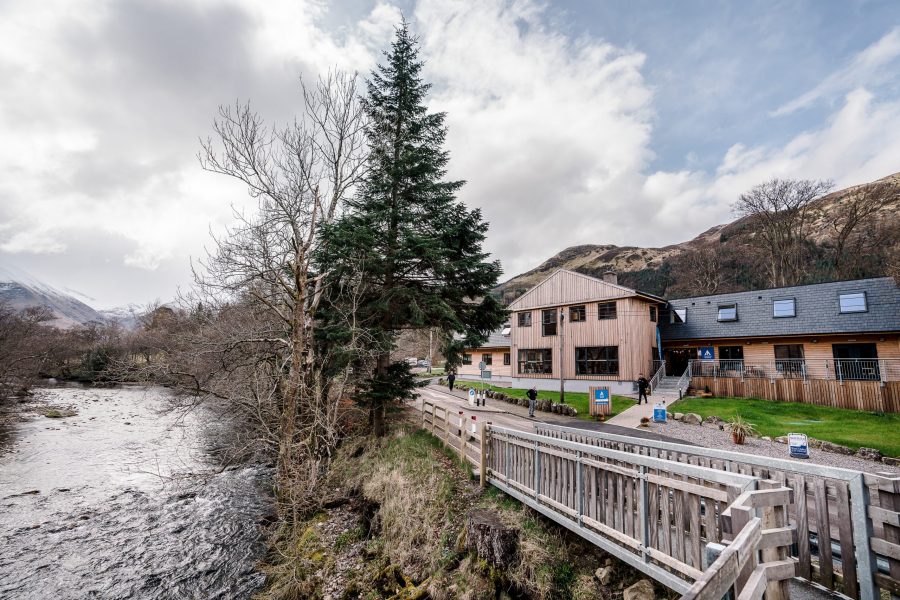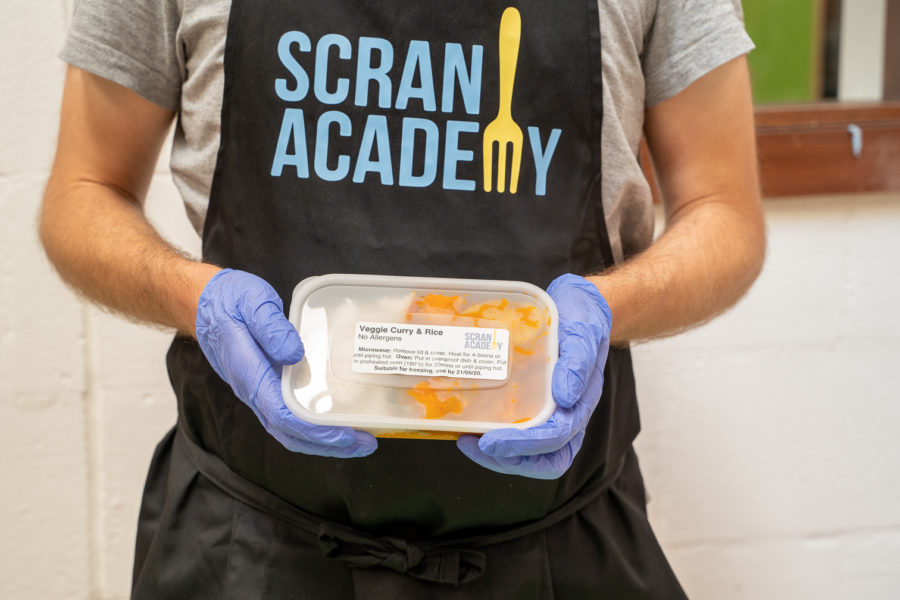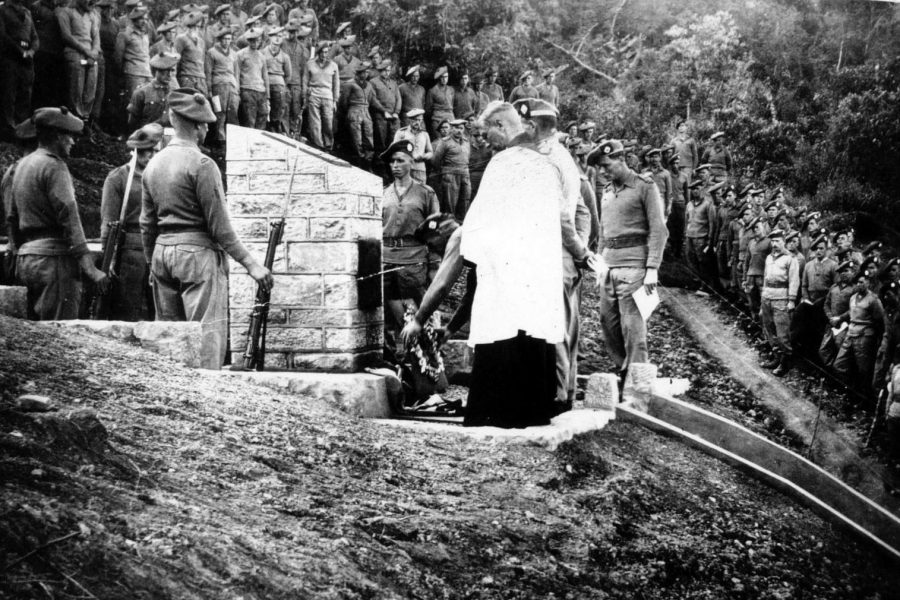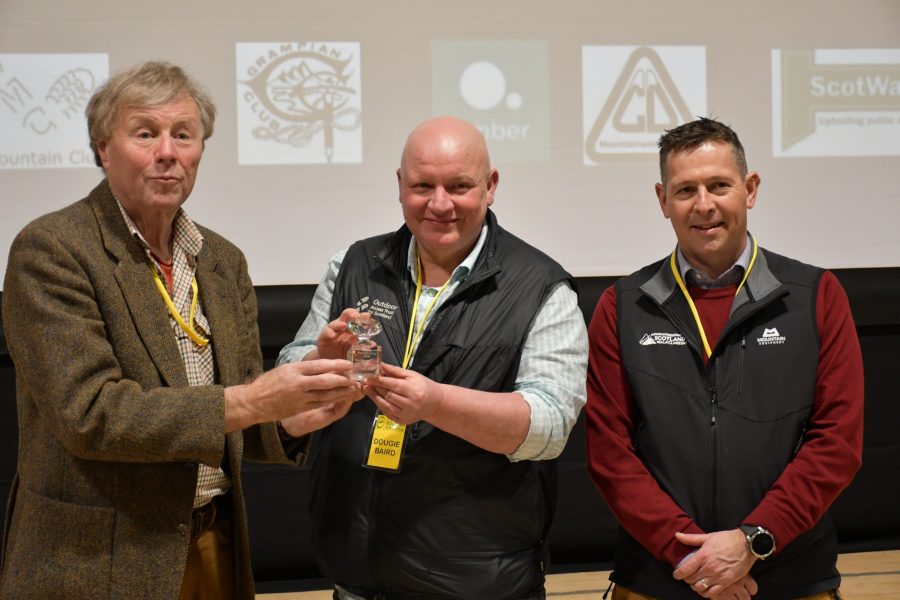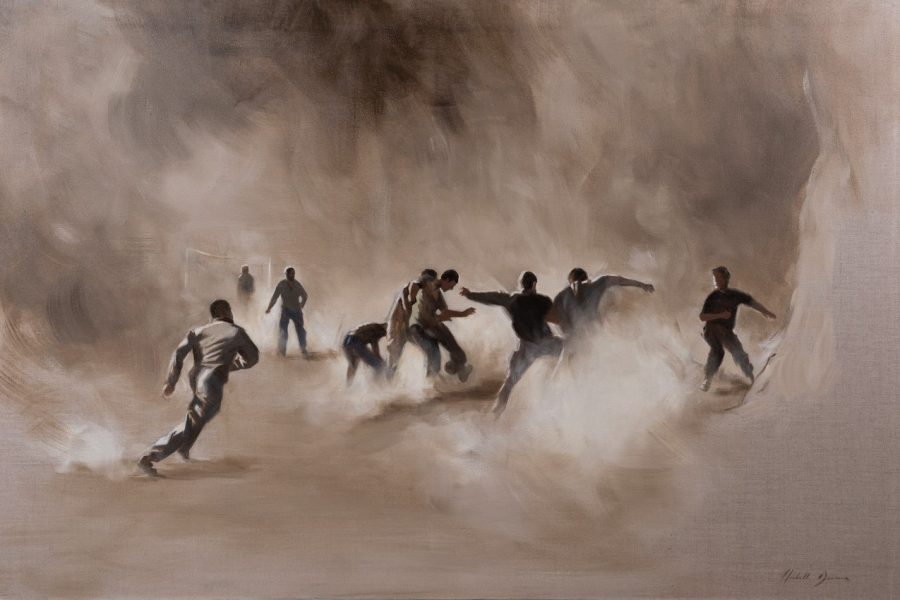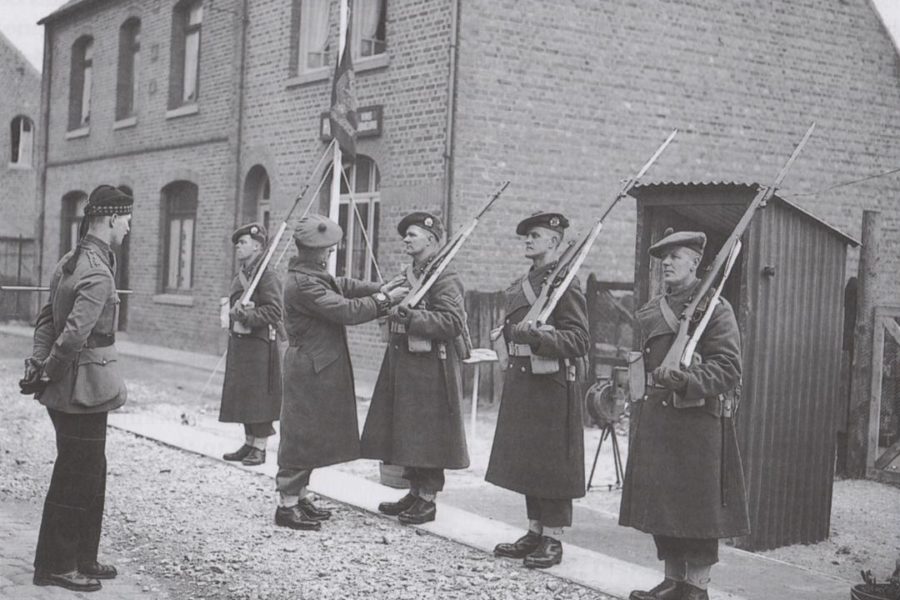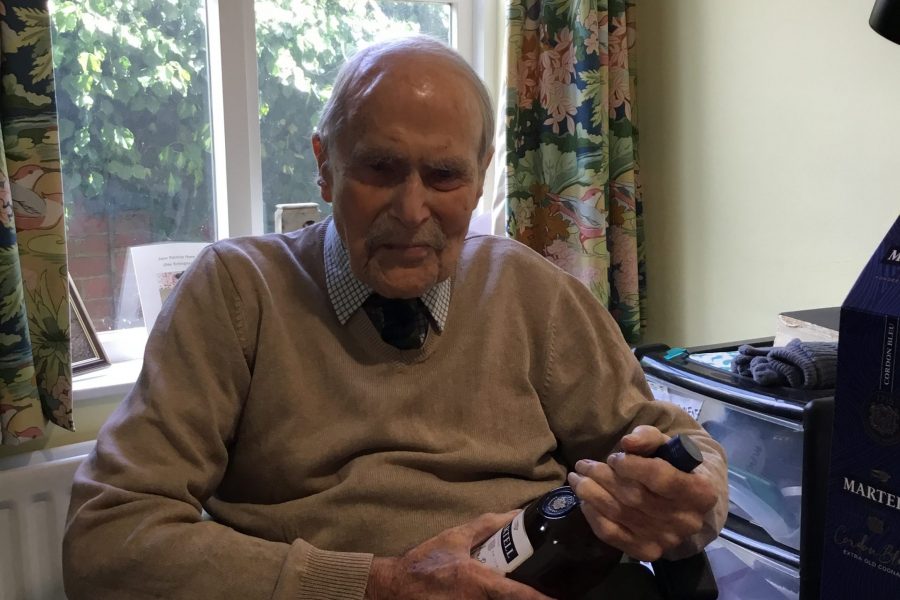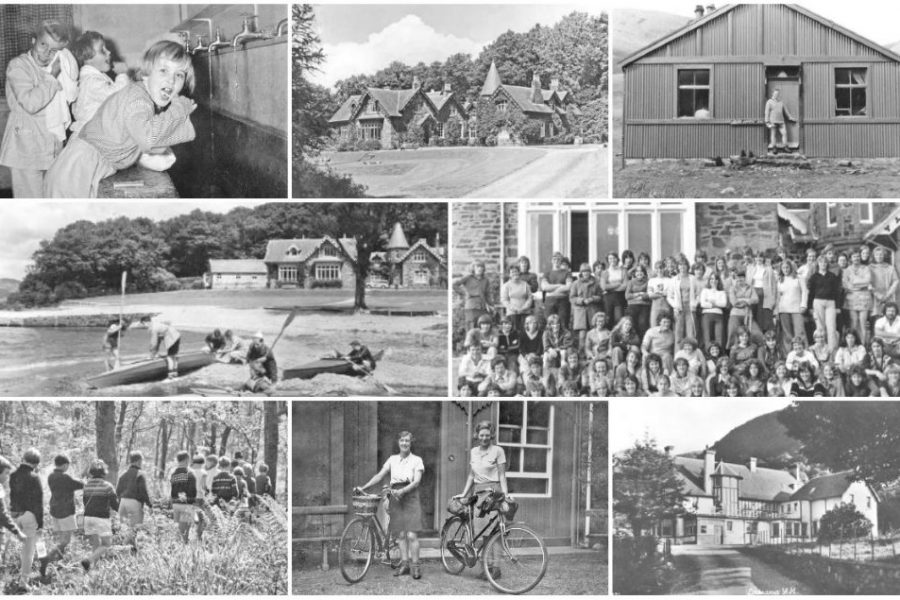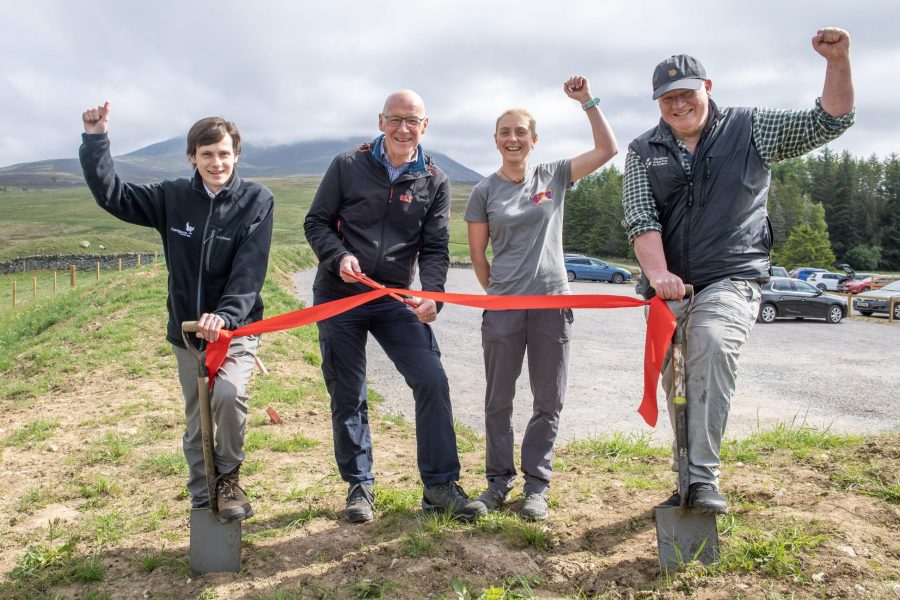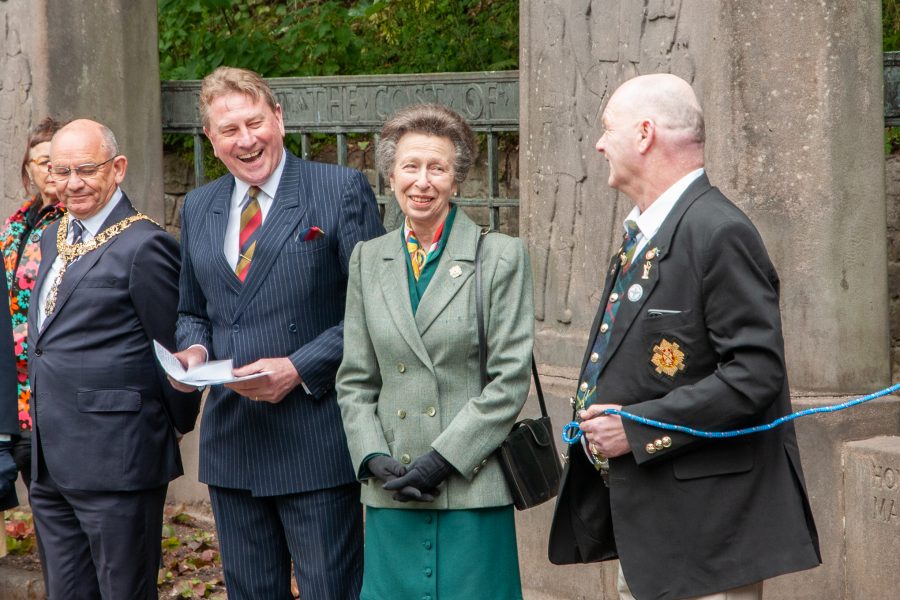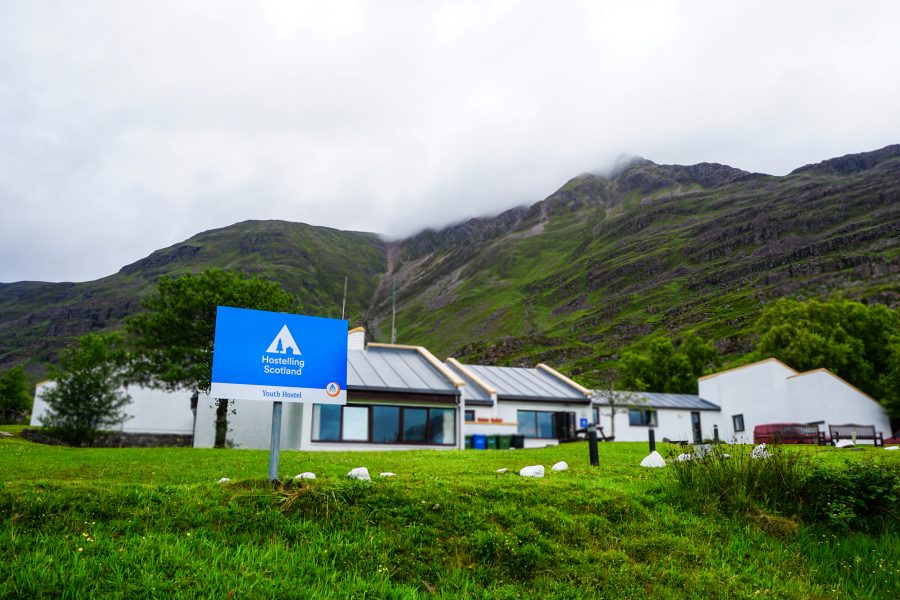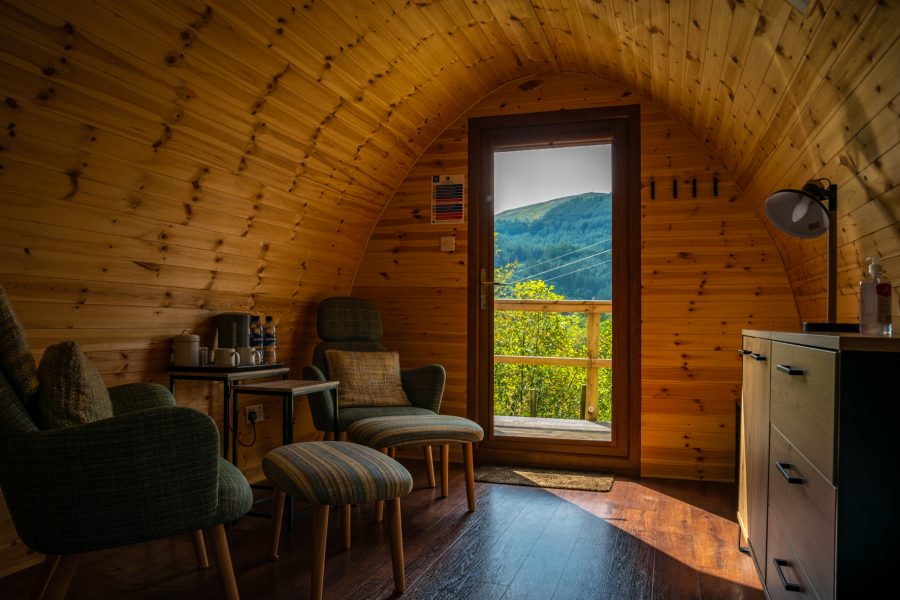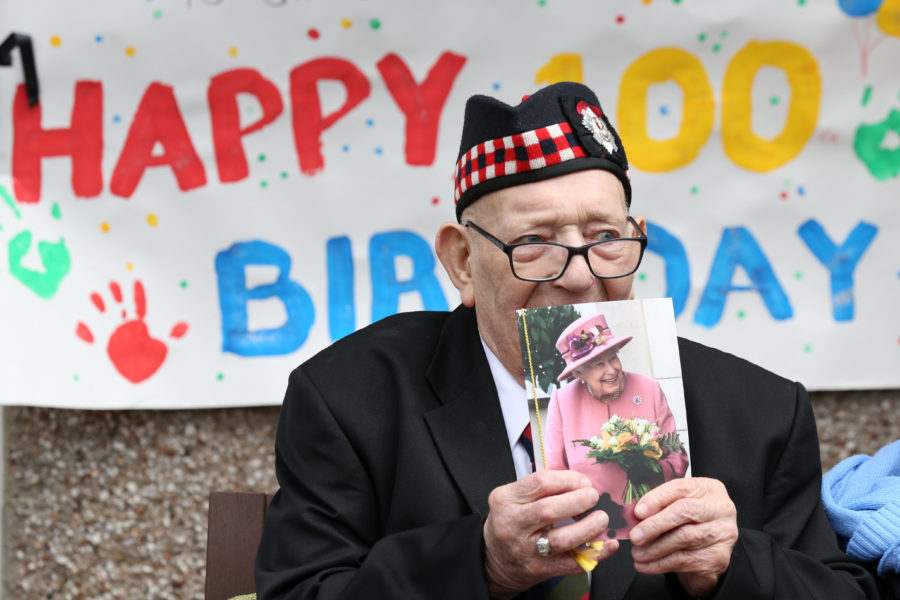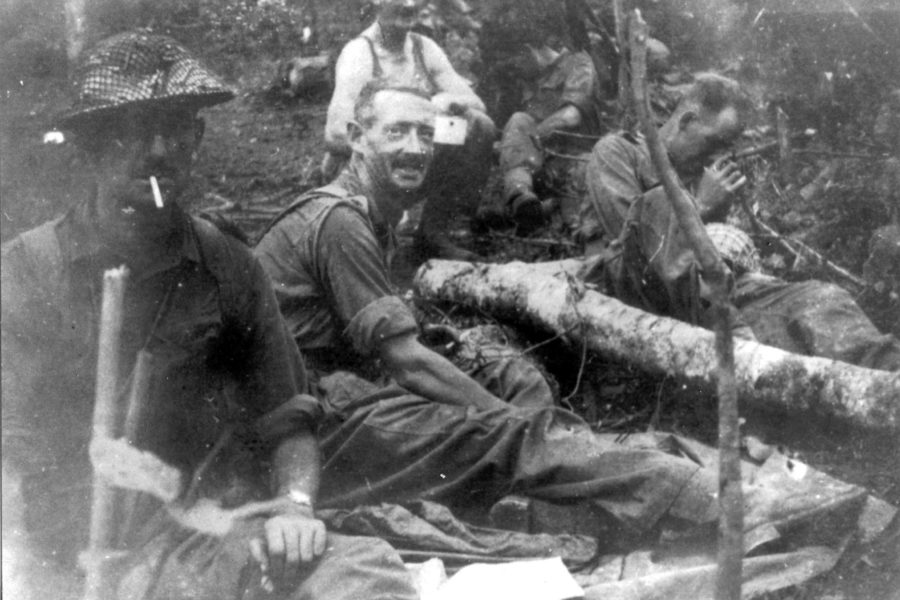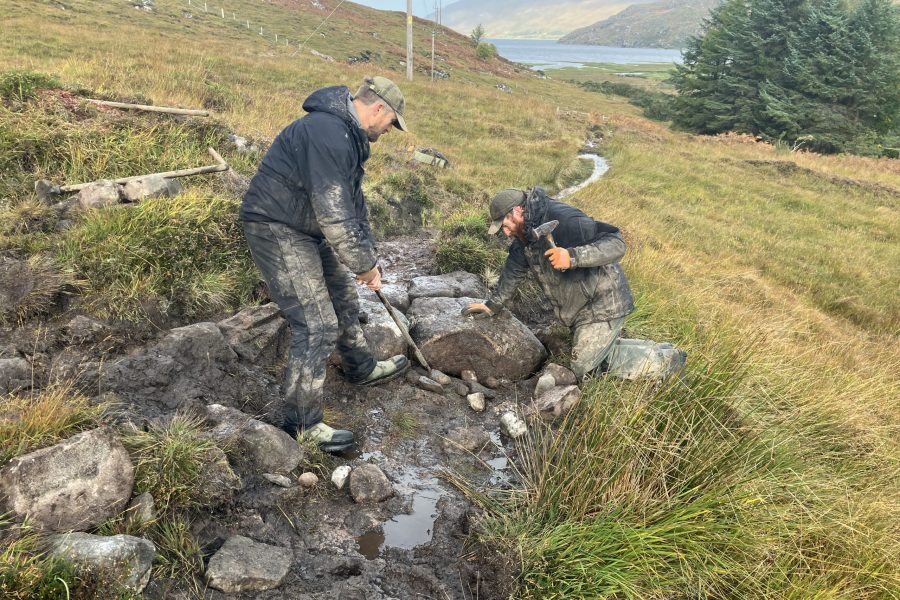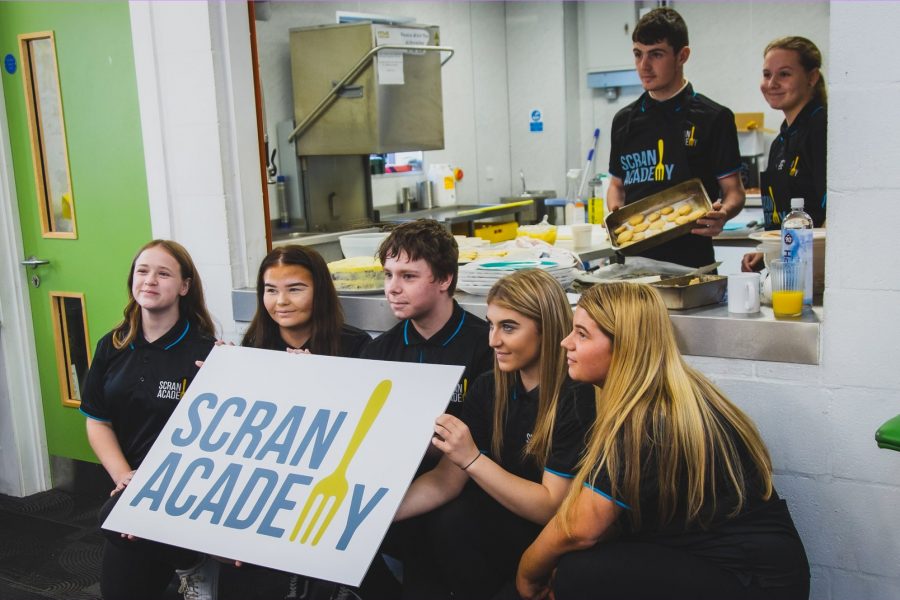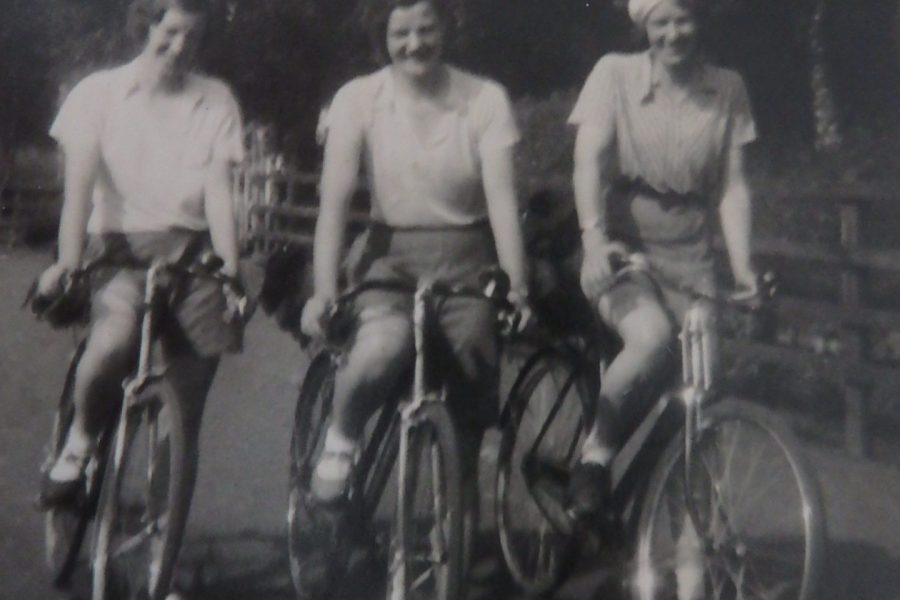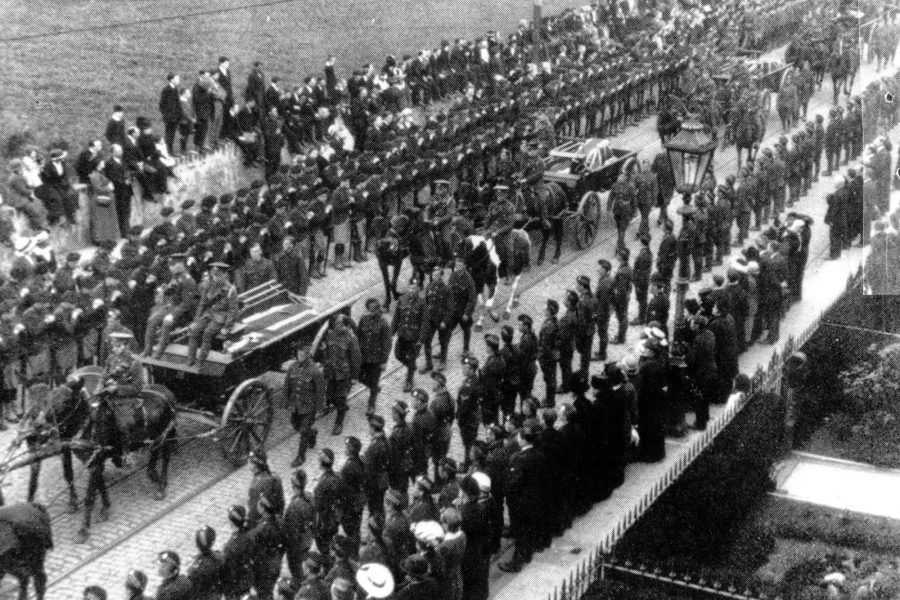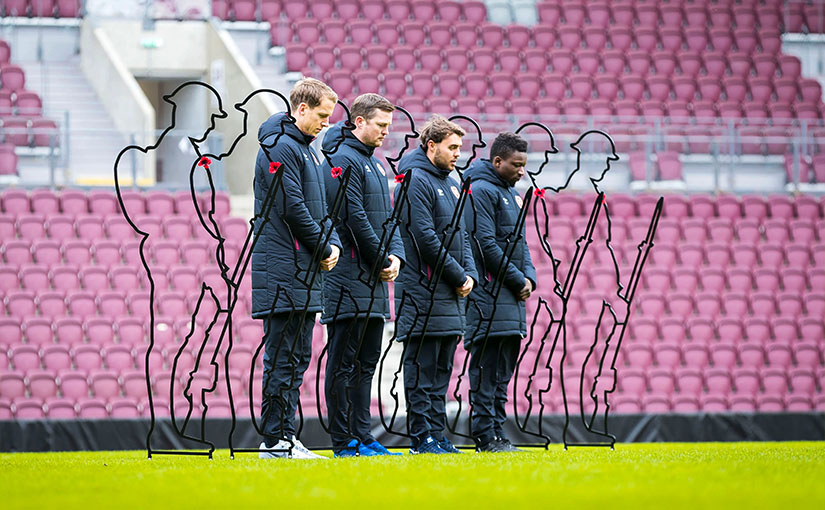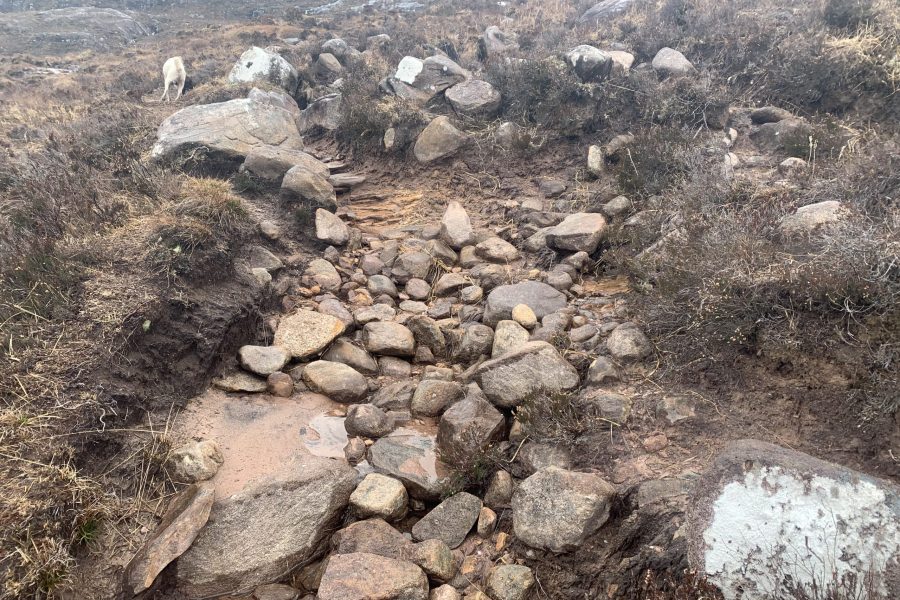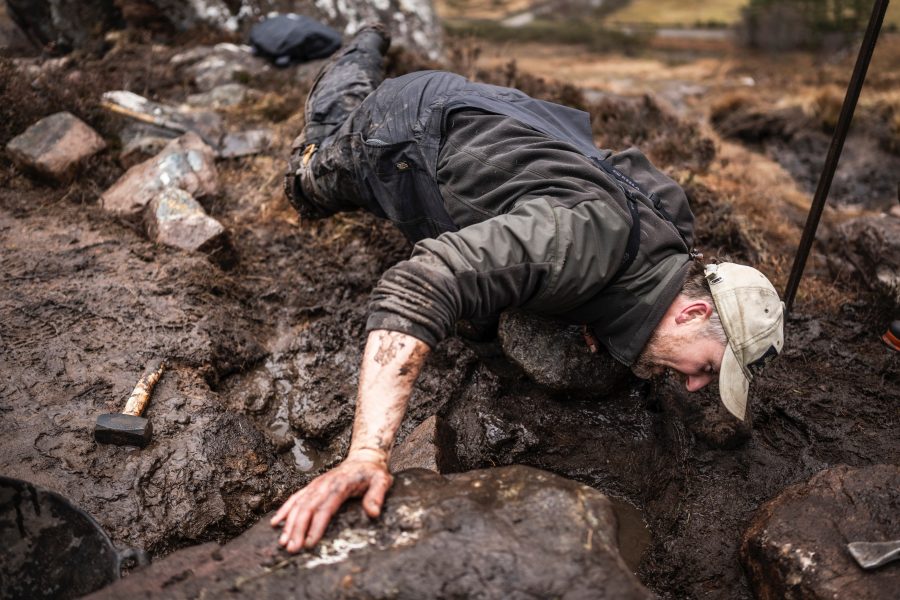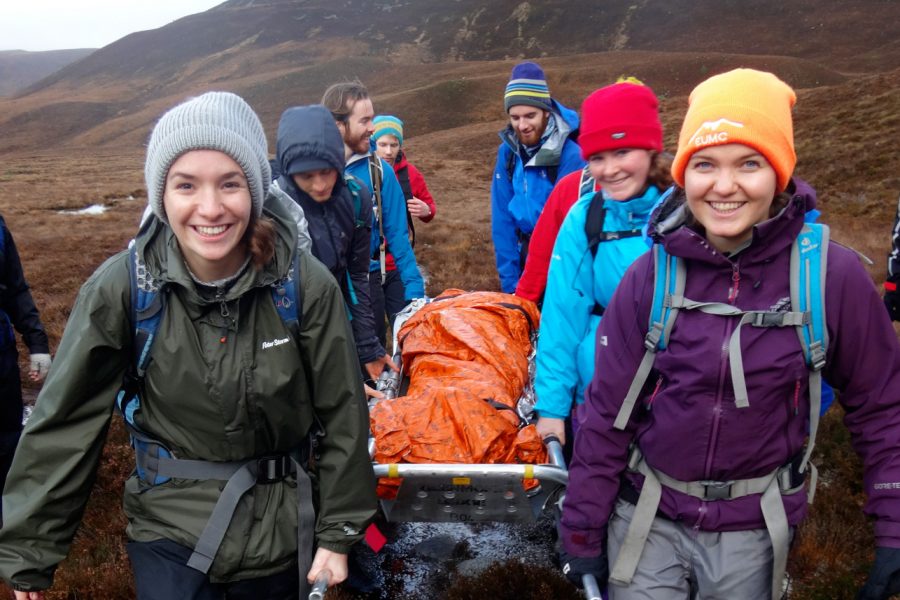The Royal Scots Regimental Museum will host its annual week-long community outreach exhibition, this year entitled GRETNA 110, at Out of the Blue Drill Hall, Dalmeny Street, Edinburgh EH6 8RG between 1000 – 1630 from Monday 19 to Saturday 24 May 2025.
GRETNA 110 commemorates the 110th anniversary of Britain’s worst rail disaster at Quintinshill, near Gretna, on 22 May 1915. The exhibition raises awareness of the 227 people killed in the crash, including the 216 Royal Scots officers and soldiers of the 1st/7th (Leith) Battalion who were on the first leg of their journey to fight at Gallipoli, and the impact it had on Leith and the wider Lothians community.
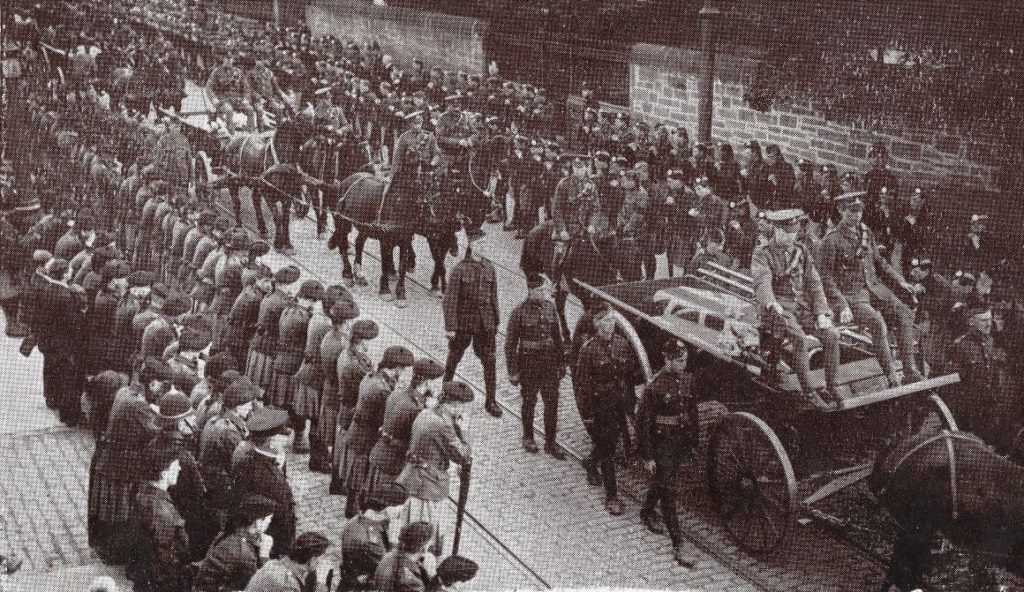
The exhibition, staged at the Battalion’s Drill Hall in 1915, will be officially opened at 10:00, Monday 19 May, by Scottish Veterans Commissioner Susie Hamilton and Depute Lord Provost of Edinburgh, Councillor Lezley Cameron. There will be a media preview of the exhibition before the official opening from 09:30 – 10:00.
The terrible disaster left an indelible scar on the close-knit Leith and Musselburgh communities, with several families losing both fathers and sons. Many of the dead were taken to a temporary mortuary that had been established in the Battalion’s Drill Hall on Dalmeny Street before the majority were buried in the nearby Rosebank Cemetery, Pilrig Street. A Memorial Service will take place at the cemetery on 24 May. A separate Service will take place at Gretna on the anniversary of the crash.
The GRETNA 110 exhibition includes:
- A short film, ‘Leith’s Darkest Dawn’, explaining the Crash and the aftermath, including a 1983 interview with a survivor and two direct descendants
- Displays, including artefacts recovered from the crash (a molten rifle and bugle) and a paper knife made from the wood of one of the carriages
- Moving illustrated stories from some of the soldiers involved and their families
- A dedicated Research Room with access to The Royal Scots records, with genealogy and medals experts
- The important role played by the people of Gretna and Carlisle after the Crash
- The Regiment’s long-lasting sporting connections that include football, boxing and swimming
- Leith Academy’s GRETNA 110 researched creative exhibits display
Brigadier George Lowder MBE, Chair The Royal Scots Trust, said: “We should never forget those who lost their lives, and the impact on their families, who were at the beginning of their journey to fight for their country”
Robin Bell: “My father Ian was a platoon commander of 45 men. He survived the Crash, but at the sad roll call afterwards, only four of his platoon answered their names.”
Susie Hamilton, Scottish Veterans Commissioner, said: “This exhibition, commemorating the country’s worst-ever rail disaster 110 years ago, honours the young men who lost their lives while on their way to serve their country. It speaks to the heartbreak endured by local families and preserves the memory of a deeply poignant chapter in our nation’s history – one that must never be forgotten.”
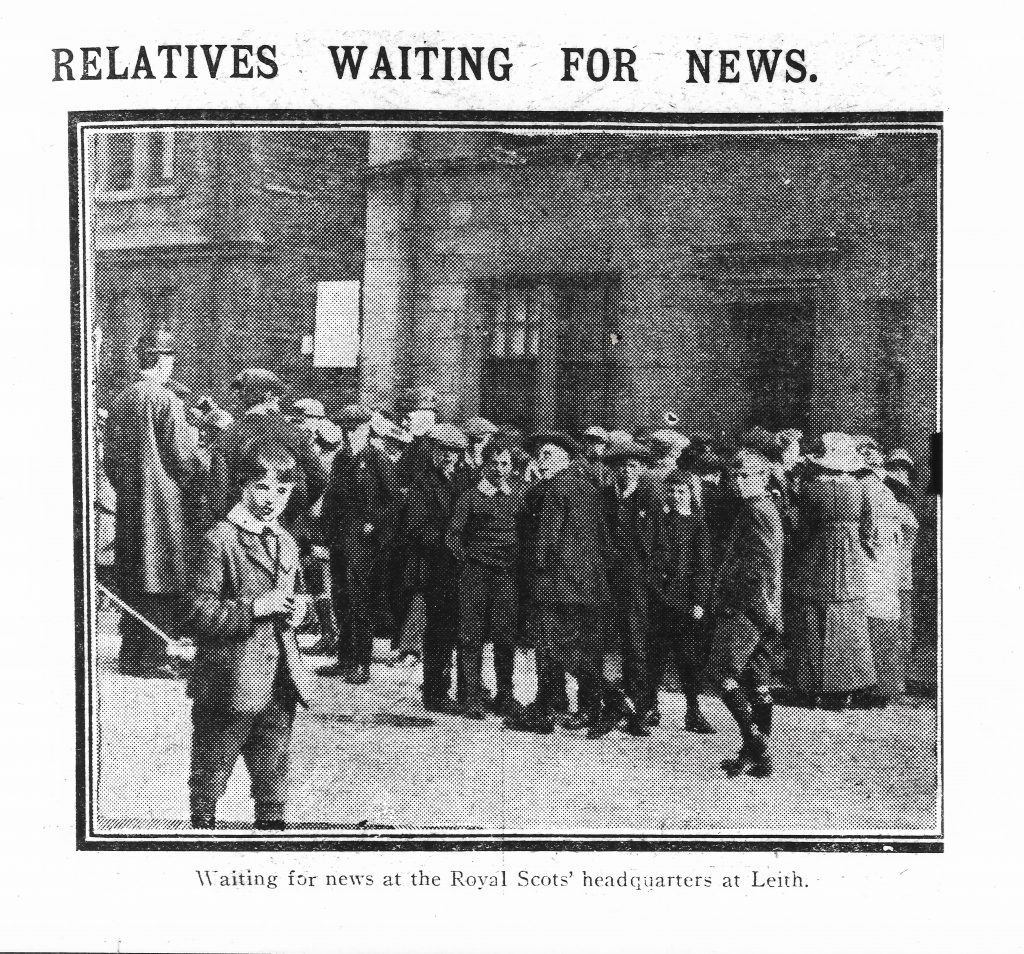
Ends
NOTES TO EDITORS
The Gretna Rail Disaster, Quintinshill, 22 May 1915
The Crash
In the early morning of 22 May 1915, after a period of training in trench warfare, 498 men of the 1st/7th (Leith) Battalion The Royal Scots embarked at Larbert Station on the first of three trains bound for Liverpool to sail to fight in Gallipoli.
At about 6.40 am the train collided head-on with a local passenger train, which had been ‘parked’ facing north, on the south-bound main line at Quintinshill, just north of Gretna, to allow a following express to overtake it. The troop train overturned, mostly onto the neighbouring north-bound mainline track and, a minute later, the Glasgow-bound express ploughed into the wreckage, causing it to burst into flames. The ferocity of the fire, and consequent difficulty of rescuing those trapped in the overturned and mangled carriages, was compounded by the fact that most of the carriages were very old, made of wood and lit by gas contained in tanks beneath the carriage floor. Between the crash and the fire a total of 216 all ranks of 7RS and 11 others, mostly from the express, but including the troop train driver and fireman died in, or as an immediate result of, what remains Britain’s worst railway disaster.
Before the crash, the train was around 195 yards long; after the fateful crash, the worst ever rail disaster in Great Britain, this was reduced to 61 yards.
The wounded were taken to local hospitals, including Carlisle Infirmary.
The Aftermath
7RS was a Territorial battalion that recruited mostly from Leith and Musselburgh and had been mobilised at the start of the Great War. It was initially deployed on Coastal Defence duties on the Forth until April 1915 when it moved to near Larbert, close to Falkirk, before deploying to France. At the last moment, orders were changed to deploy to Gallipoli, and at 3.45am on Saturday 22 May, the first train left Larbert Station carrying Battalion Headquarters, A and D Companies.
Of that half-battalion on the train, only 62 survived unscathed. These, including the Commanding Officer, continued on to Liverpool and sailed on the Sunday on HMT Empress of Britain with the second half of the Battalion; the other survivors returned to Edinburgh.
It was a devastating blow to the Battalion and the whole population of Leith; it was said that there was not a family in the town untouched by the tragedy, probably made worse by the fact that of the 216 who died in the disaster, or soon afterwards from their injuries, only 83 were ever identified. The remaining 133 bodies could not be identified or were cremated within the firestorm of the wreckage.
On Sunday, 23 May 107 coffins were taken to Edinburgh and placed in the Battalion’s Drill Hall in Dalmeny Street, off Leith Walk. On the afternoon of Monday 24 May, 101 of these were taken in procession for burial in a mass grave that had been dug in Rosebank Cemetery, Pilrig Street, about a mile from the Drill Hall. A local report at the time said, “The route was lined by 3,150 soldiers, thousands of citizens stood shoulder to shoulder on the pavement, shops were closed, blinds drawn and the traffic stopped”.
GRETNA 110 – The Exhibition:
A short film about the Crash, ‘Leith’s Darkest Dawn’, will be played on a loop throughout the exhibition. The film includes a1983 interview with a Royal Scots survivor, Peter Stoddart.
The Great Central Railway Rolling Stock Trust (GCRRST) has created an accurate model of Larbert Station in 1915, which they have gifted to The Royal Scots Museum. This will be displayed. The GCRRST carriage No 946 had a prominent presence at the Leith 2018 World War 1 Armistice 100th Anniversary commemoration service.
The 2015 film by Finestripe Productions Ltd, narrated by Neil Oliver and shown on BBC in May 2015, will be aired at 1300 and 1430 on Saturday 24 May. Admission is free; tickets can be booked at the Welcome Desk throughout the exhibition.
Other exhibition displays include:
- Dedicated Research Room to explore families ancestors: access The Royal Scots records with expert decorations and medals information, National Records Scotland, Scottish Geneological Society, Western Front Associatiion and Commonwealth War Graves Commission.
- Army Organisations and The Royal Scots History (373 Years of Unbroken Service)
- Mobilisation on the Outbreak of World War 1
- Leith and The Royal Scots deep connections from the early 1900’s
- History of the Dalmeny Street Drill Hall
- Trench warfare training for men from Leith, Musselburgh and West Lothian
- Preparation to move by train to Liverpool to embark and sail to fight in Gallipoli
- Local soldiers experiences from the Boer War to World War 2
- Museum exhibits, including: a molten rifle, a bandsman’s bugle and a letter opener made from the wood of a carriage
- Illustrated stories of local soldiers and families
- Newspaper cuttings from 1915
- Temporary morgue at the Drill Hall following the Gretna Crash
- Funeral procession to Rosebank Cemetery
- 7th Battalion survivors fighting in Gallipoli later in 1915, and some for remainder of War
- Leith Mural and Leith Hospital Memorial images
Quintinshill and Gretna Wreathlaying on Thursday 22 May 2025
- At 1100 a wreath will be laid at the crash site by Robin Bell, son of crash survivor Ian Bell.
- At 1130 there will be a short service at the Memorial Cairn in Gretna Green organised by Gretna Community Council and involving the local community including primary schools, Devil’s Porridge Museum and Carlisle Museum of Military Life. The cairn was erected in 1995 by The Scottish Area of The Western Front Association.
Annual Royal Scots Association Memorial Service on Saturday 24 May 2025:
At 1045 at Rosebank Cemetery, Pilrig Street in Edinburgh. An order of service will be available on the day and will be distributed at the Memorial. Official wreaths will be laid during the Service. At the conclusion there will be the opportunity for individuals to lay wreaths. The Service will be conducted standing and no seating is provided. There are a couple of benches nearby for those who are unable to stand for long periods.
The Memorial was paid for by public subscription and was unveiled on 12 May 1916 by the Earl of Roseberry, Honorary Colonel of the Battalion, alongside the communal grave in Rosebank Cemetery. It takes the form of a Celtic cross, standing 15ft 6ins, made from Peterhead granite.
Social Media Activity; weekly postings regarding the exhibition have been made since January and are available at: https://www.theroyalscots.co.uk/museum-exhibition-2025/
Further Quotes:
John Edward, who will attend the opening ceremony: “I owe my existence to Private James McSherry, a batman in the 7th Territorial Battalion. When he died in May 1915 his wife Mary received the slender comfort of knowing he had at least been identified. He left behind two infants of 3 and 1 years in Cables Wynd in Leith, one of which was my maternal grandfather Terry. When his unmarried brother died two years later in the fields of France, he left his military pension to James’s young family.
“Until very recently, it was all too easy – at least in the UK – to forget how real, and how normal it was for one generation after the next to lose loved ones in the fields of what are now our closest allies and places of work and rest and play. We stand on the shoulders of all these people, and nothing makes me prouder that those lost at Quintinshill are remembered here more than a century later.”
Ruth McLaren: “William Hannan was my great uncle and lived with his parents in Ashley Place, close to Rosebank Cemetery, along with his seven siblings; he was killed in the Crash. I knew nothing about him until May 2015 when I was watching a BBC film about Gretna and noticed Shannan on the Rosebank Memorial. I googled his name and then researched his details. For the ongoing history of Leith and the loss of so many men ‘from the streets’ it is crucial that the Quintinshill Rail Disaster remains firmly in the history of The Royal Scots, Leith and across Scotland.”
Roger Penson of The Great Central Railway Rolling Stock Trust, who have gifted the Larbert Station 1915 model: “The model of Larbert Station in 1915 and the two example carriages, are our Trust’s tribute to all those who were affected by Britain’s worst rail crash ever. It represents the last view of ‘home’ that many – 216 killed, many more maimed and only 62 able to muster – would have seen.”


